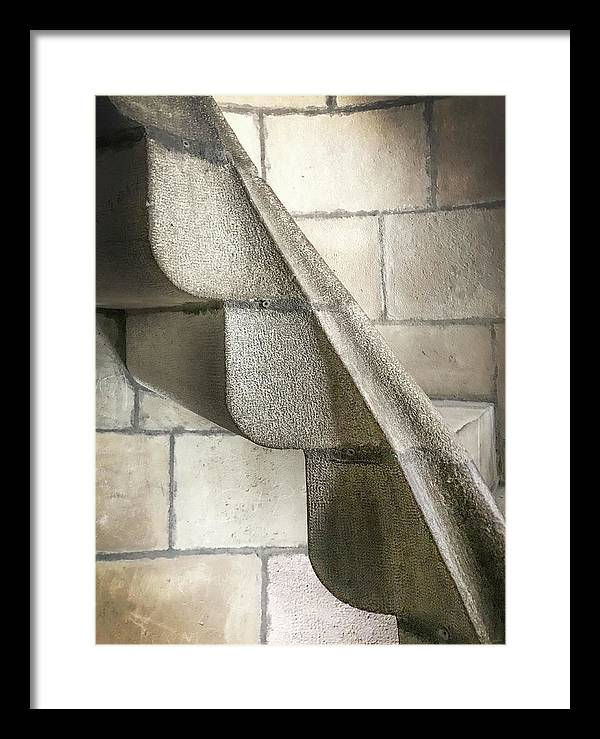Art Nouveau
- Christine Ley
- Jun 11, 2023
- 4 min read
Updated: Jun 15
Art Nouveau, also known as "Jugendstil" or "Secession style", was a popular art movement that emerged in the late 19th century and lasted until the early 20th century. It was characterized by its emphasis on intricate, organic forms and a rejection of the straight lines and angles that dominated earlier design styles.

This movement was particularly influential in interior design and architecture, with its distinctive features influencing the development of many iconic buildings and spaces across Europe. The Art Nouveau style was heavily influenced by the natural world, with designers looking to organic forms and the curves of plant life for inspiration. It emphasized the use of flowing lines, asymmetric shapes, and intricate ornamentation, as well as the use of new materials and construction techniques. An iconic example of Art Nouveau architecture is the Hôtel Tassel in Brussels, Belgium. Designed by the architect Victor Horta, the building is a masterpiece of flowing lines and intricate ornamentation. The interior is particularly striking, with a grand staircase that spirals upward like a ribbon and a series of rooms that flow seamlessly into one another.

The Art Nouveau style was particularly notable for its focus on creating a cohesive, harmonious design that was both functional and beautiful.
One of the most notable features of Art Nouveau interior design and architecture is its emphasis on the use of light and space. The movement rejected the dark, enclosed spaces of earlier design styles, instead embracing open, airy rooms filled with natural light. To achieve this, designers often incorporated large windows, glass roofs, and skylights, as well as light-colored, reflective materials such as glass and metal. This created a sense of fluidity and movement, with spaces that seemed to flow seamlessly from one room to the next.
Another hallmark of Art Nouveau interior design and architecture is its use of natural

materials. Designers frequently incorporated materials such as wood, stone, and marble, as well as decorative features such as intricate ironwork and stained glass. These materials were often used in inventive ways, such as incorporating sculptural elements into the design of furniture or using decorative tiles to create a striking backsplash.

Art Nouveau designers were also known for their innovative approach to furniture design. They sought to create pieces that were both beautiful and functional, with a focus on comfort and usability. Furniture often featured curved, sinuous forms and was adorned with ornate carvings and intricate inlays. Pieces were frequently upholstered in sumptuous fabrics such as velvet or silk, adding to the overall sense of luxury and opulence.
In architecture, the Art Nouveau style was characterized by its use of organic forms and decorative flourishes. Buildings were often adorned with elaborate carvings and intricate wrought ironwork, and frequently featured asymmetrical facades and sweeping curves. The movement was particularly influential in the design of public buildings such as train stations and museums, where designers sought to create spaces that were both functional and beautiful.

Gaudi's Sagrada Familia is often regarded as a masterpiece of the Art Nouveau movement and is one of my personal favorites. Its intricate and organic design elements, characterized by flowing lines, intricate detailing, and an emphasis on natural forms, embody the essence of Art Nouveau aesthetics. Gaudi's innovative architectural vision transformed the Sagrada Familia into a living, breathing organism, with its facades resembling abstract sculptures that evoke the wonders of nature. The use of vibrant colors, mosaic tiles, and stained glass windows in the interior further accentuate the Art Nouveau influence, creating a harmonious interplay of light, color, and form. Gaudi's commitment to craftsmanship and his ability to seamlessly merge architecture, sculpture, and decorative arts make the Sagrada Familia a true testament to the Art Nouveau style and a symbol of Barcelona's artistic heritage.
Here are two photos of the spiral stairs within Sagrada Familia photographed by myself, Christine Ley and available to purchase through my shop (if you click on the image it will pull up my Etsy shop. Contact Christine for any custom sizes or frame options)
In conclusion, Art Nouveau interior design and architecture was a revolutionary movement that sought to break free from the constraints of earlier design styles. It emphasized the use of organic forms, natural materials, and innovative construction techniques, creating spaces that were both beautiful and functional. Although the
movement was relatively short-lived, its influence can be seen in many iconic buildings and interiors across Europe, and its legacy continues to inspire designers and architects to this day.
Interior Design Services
Need help pulling your look together or sourcing something specific? Christine is a professional Interior Designer. Contact us for Interior Design Services. We offer everything from Luxury Full Service Interior Design to Expert Advice and Virtual Design Consultations as well as mini assistance packages to help you with your specific design needs.
Shop Art Nouveau
Cley Atelier only sells or recommends carefully curated products. Products shown on our website are a combination of Custom Cley Atelier Products, Style By Cici Products, Affiliate Marketing Recommendations & Drop Ship Products.
Cley Atelier is a participant in the Amazon Services LLC Associates Program, an affiliate advertising program designed to provide a means for sites to earn advertising fees by advertising and linking to Amazon.com. You can read the full disclosure here.
Looking up on a Sunny Day at Sagrada Familia - Photography Print By: Christine Ley.
Angled view of the exterior of Antonio Gaudi's, Sagrada Familia on a sunny day in Barcelona, Spain.
Made to Order: Custom Size, Matting, Framing & More Available.



















